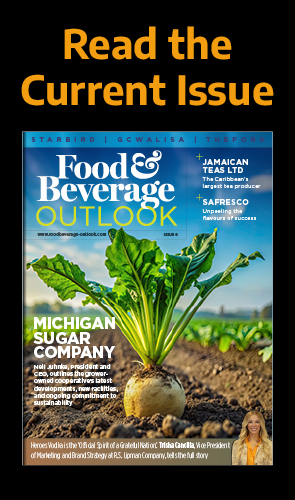Robilant is a leading Milanese branding and design studio that has worked with Campari, Winebow, and Keglevich. As a fine connoisseur of the Italian and international wine and spirits markets, specifically the US, Creative Director and Partner, Fabio Molinaro, shares his knowledge and expertise on how Italian brands can remain relevant in the US market.
REVIVING THE AMERICAN WINE MARKET WITH ITALIAN FINESSE
Elegance, finesse, and quality – three words that would turn most people’s minds to Italy. Our culture and lifestyle represent a premium yet authentic way of life. But brands that attempt to replicate this often lean too far into clichés and stereotypes, creating an image that lacks authenticity and, as a result, fails to connect with the consumer.
Though they strive for sophistication, wine brands are certainly not excluded from this. Indeed, they often rely on old-fashioned European tropes, like French chateaus or historic Italian vineyards, mistaking heritage as the sole signifier of quality.
Not only does this create a sea of sameness that lacks differentiation, but it also undervalues the many facets of Italian identity that each brand interprets uniquely. The convergence of these two nuances can generate unique and distinctive stories that, once told through a new set of visual codes and brand language, will resonate with the US market.
NAVIGATING BRAND HISTORY
It is extremely important to understand why US consumers relate to certain aspects of Italian culture and see them as premium. Unsurprisingly, one of these aspects is family values, history, places, and landscapes.
However, the perfect branding involves a kind of mixology. It comprises a balanced blend of family name and contemporary target, heritage and innovative languages, places to belong to, and new landscapes to reach.
The key is to authentically communicate the DNA of the brand while allowing consumers to be part of the story.
CONNECTING WITH CONSUMERS THROUGH STORYTELLING
I have found that the most effective designs come from examining Italian culture to identify an angle that gives brands a more ownable, authoritative position in the market.
On any Italian winery’s website, you would likely see an image of their vineyards, which is undoubtedly a key asset in communicating their story. However, for the Italian winery Zenato, we went beyond a simple snapshot and designed a personal and emotional experience that shows the family’s historic love of the land. The result was a suite of stunning watercolor illustrations depicting the two Zenato siblings that currently run the winery walking through the tranquil shores of Lake Garda (where its original vineyards lie) and scenic hillsides of Valpolicella.
In a campaign project for one of Argentina’s oldest wineries, Catena, Robilant’s focus was making its 120-year history more relevant to the North American market. Despite not being an Italian wine brand (although the first descendant came from le Marche in Italy), we could draw on Italian principles and culture, drawing out the story of Catena’s pioneering founder that has been passed down through the generations. Each generation has a dedicated chapter in the campaign video, which tells a tale of adventure through hand engravings.

LEVERAGING BIG CHARACTERS
What I’ve found to be very obvious in the North American wine market is that consumers are drawn to distinctive characters or personas. Brands like La Marca and Chloe have invested in a powerful identity, resulting in considerable success in the US.
The differentiating factor for heritage brands is that the characters are real and not invented for the sake of the consumer, but even new brands can draw on Italian culture and history without being disingenuous.
Flora Lisa is a new organic Italian wine launched just last week and embodies the naturalistic Italian garden archetype in the form of the Muse, which is based on an Italian statue structure. The solution here was to create a brand that is subtly recognizable as Italian without mentioning it with words or relying on obvious stereotypes.
In each of these projects, the core aim was to turn stories into emotions, whether it’s a passion for Malbec told through an adventure, the love of the land felt by two siblings, or a desire for the Muse. Because of this, consumers aren’t just drinking a glass of wine; they’re also indulging in these different worlds of escapism.
A NEW DESIGN LANGUAGE
For decades, the North American wine industry has relied on an aging group of established consumers, the bulk of whom are now over 55. It has become critical for the wine industry to target those in their 30s and 40s who have previously been forgotten and ignored, or else it will be on its way toward a slow decline.
This movement towards premiumization presents an opportunity rather than a challenge to shape a new wine culture with new generations. I envision a new design language for the category rooted in truth that goes beyond the label and merges Italian culture with the needs of the US consumer.
Robilant’s unique position as a cultural conduit between the US and Italy means that we have in-depth experience in both markets that we hope to continue using in future projects, whether leveraging Italian culture for a US market or helping an American brand succeed in Italy.

























